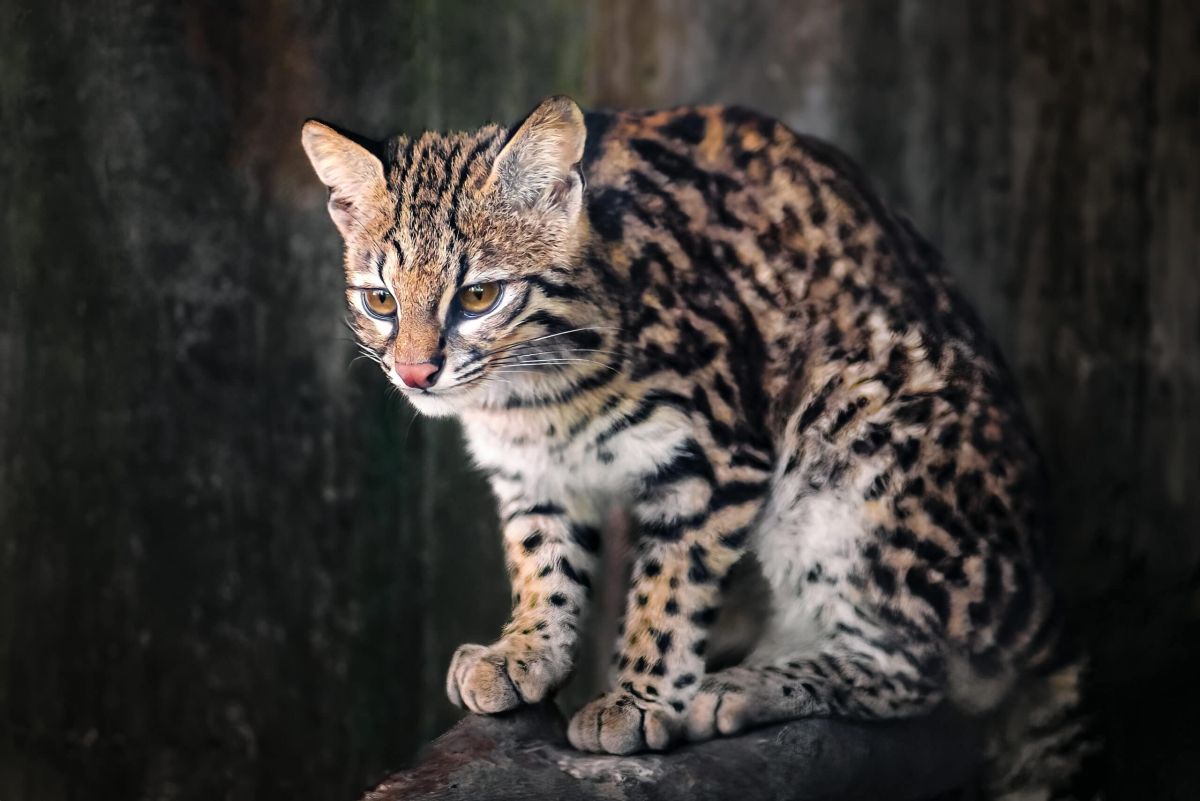The Oncilla: Fascinating Feline of the Tropics

The Oncilla, scientifically known as Leopardus tigrinus, is an enigmatic and visually striking small cat native to the tropical regions of South and Central America. Often overshadowed by larger wild cats, this compact feline boasts a unique set of characteristics that make it a captivating subject for wildlife enthusiasts and researchers alike.
Physical Characteristics
The Oncilla is a medium-sized feline, typically weighing between 8 to 15 pounds and measuring around 20 to 30 inches in length, not including its long tail, which adds another 11 to 15 inches. What sets the Oncilla apart are its distinctive coat patterns; the fur is generally tawny to grayish in color, with blackish-brown rosettes and stripes that give it a ‘tiger-like’ appearance. These patterns provide excellent camouflage in dappled forest light, making it an adept predator in its natural habitat.
Habitat and Distribution
The Oncilla primarily inhabits dense tropical forests, savannas, and regions of lowland rainforest. Its geographic range extends from southern Mexico throughout Central America, and down to parts of northern South America, including countries such as Colombia and Venezuela. However, deforestation and habitat fragmentation pose significant threats to its population, leading to a decrease in its natural habitat and, consequently, its numbers.
Behavior and Diet
Oncillas are primarily solitary creatures, exhibiting mostly nocturnal habits. They are agile climbers and can often be found resting in trees during the day. Their diet is diverse and consists mainly of small mammals like rodents, birds, and reptiles, along with the occasional amphibian. Their hunting technique involves ambushing and stalking their prey, showcasing their impressive stealth and agility.
Interestingly, these cats possess an adaptive behavior when it comes to their hunting strategy. In more densely populated areas, they may shift their diet towards more abundant prey species, demonstrating versatility in their feeding habits.
Reproduction and Lifespan
The breeding season for the Oncilla generally occurs in the warmer months. After a gestation period of about 70 to 76 days, females give birth to a litter of one to four kittens. The mother takes complete responsibility for nurturing and raising the kittens, which are weaned after about two months. The young cats remain with their mother for several months, learning vital survival skills before venturing out on their own. In the wild, Oncilla have an average lifespan of about 7 to 12 years, although they can live longer in protected environments like zoos.
Conservation Status
The International Union for Conservation of Nature (IUCN) classifies the Oncilla as “Near Threatened.” The primary threats facing this species include habitat destruction due to agriculture, logging, and urbanization. Additionally, hunting and poaching for the illegal pet trade pose significant risks. Conservation efforts are underway in some regions to protect their habitats, but the effectiveness of these initiatives varies widely.
Importance in Ecosystems
As a specialized predator, the Oncilla plays an essential role in maintaining the balance within its ecosystem. By regulating prey populations, these cats contribute to the health of the populations of other species, which can have cascading effects throughout the food web. Their presence is also an indicator of healthy forest ecosystems, serving as a bellwether for biodiversity.
Conclusion
The Oncilla is a remarkable creature that epitomizes the beauty and complexity of tropical ecosystems. With its unique adaptations, striking appearance, and ecological significance, it is a species worth celebrating and protecting. As we continue to confront challenges like habitat destruction, understanding and conserving the Oncilla is vital not just for its survival, but for the health of its entire ecosystem. Through awareness, education, and conservation efforts, there is hope for this remarkable feline and the rich biodiversity of our planet.



